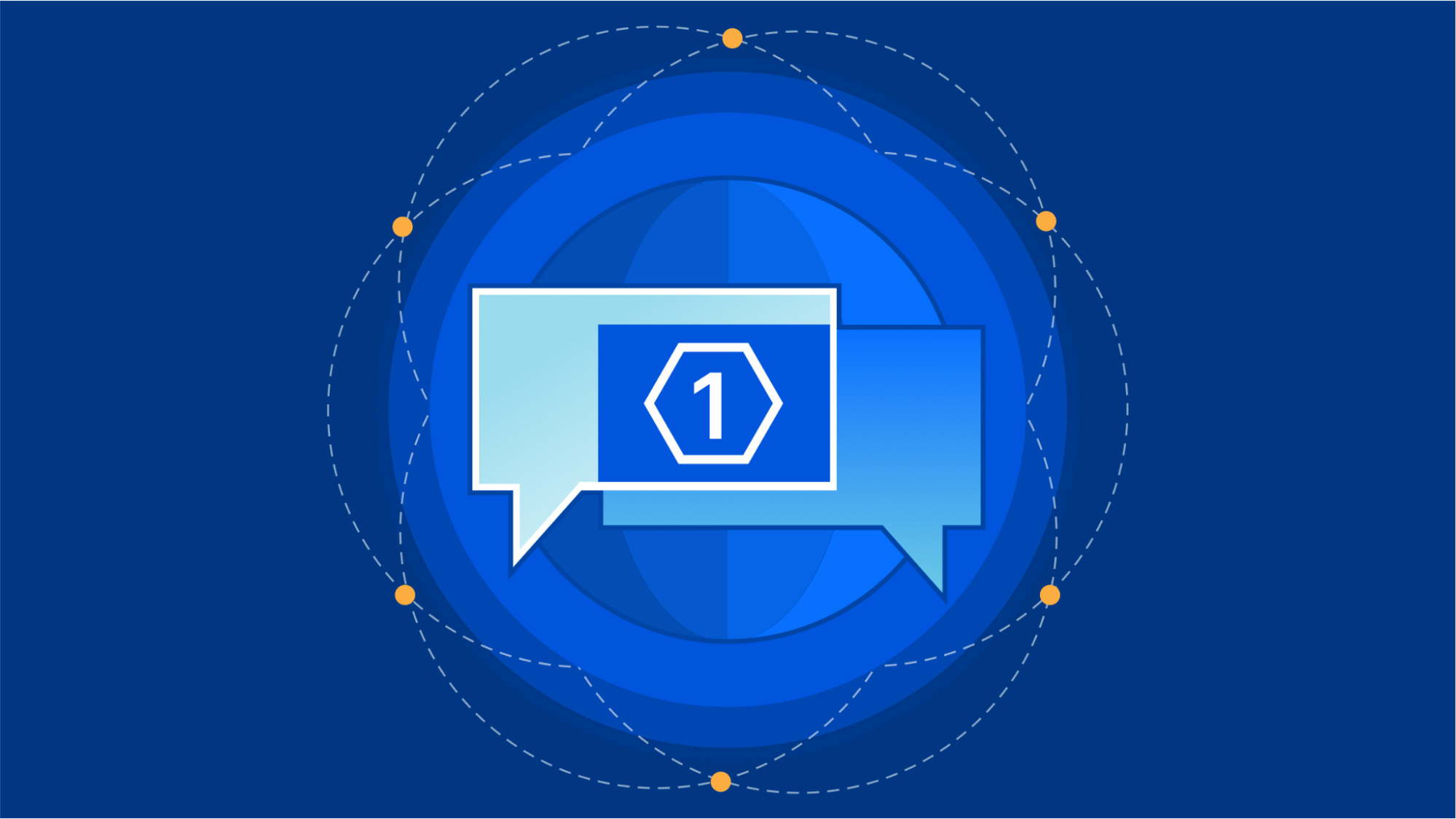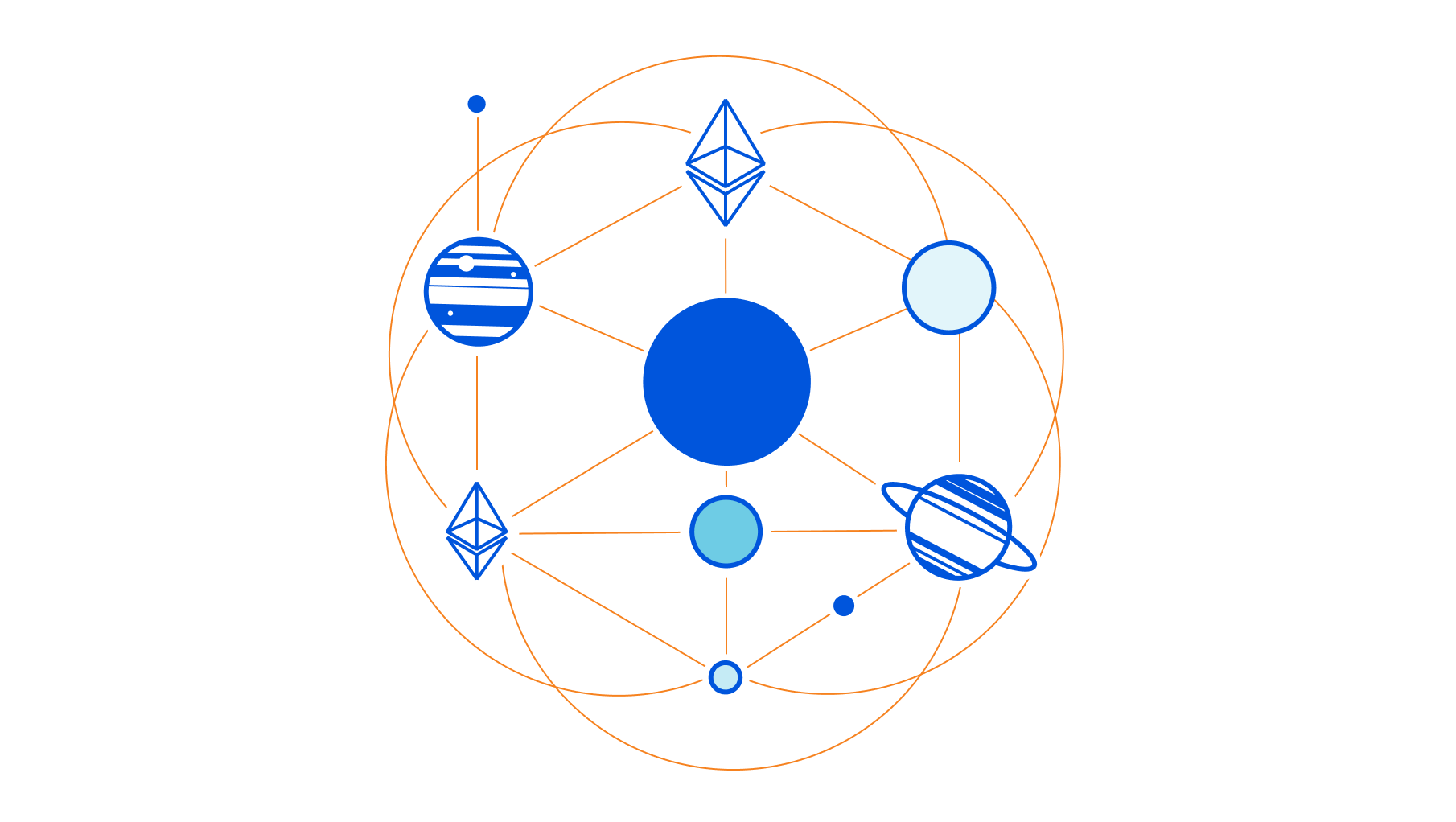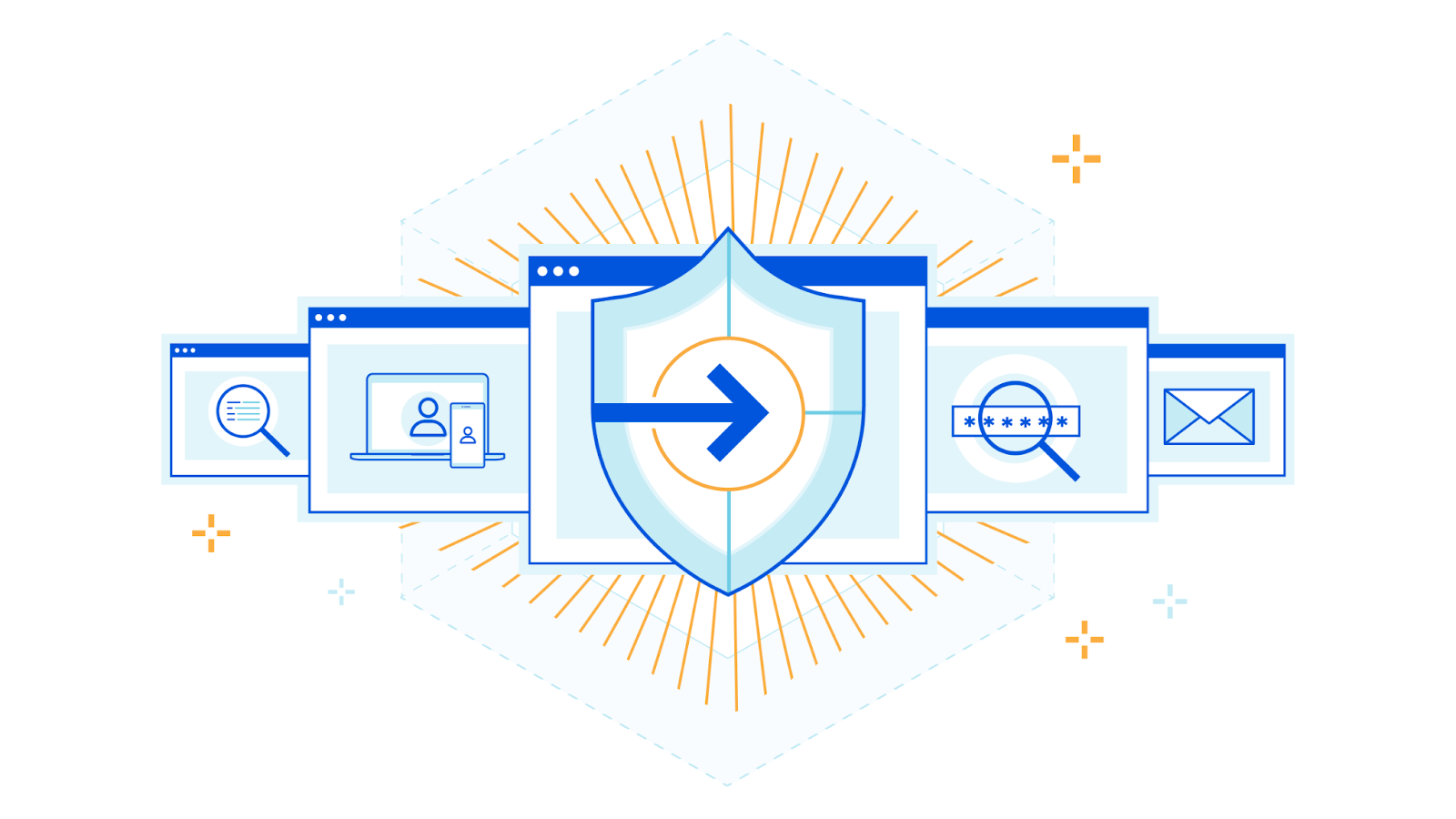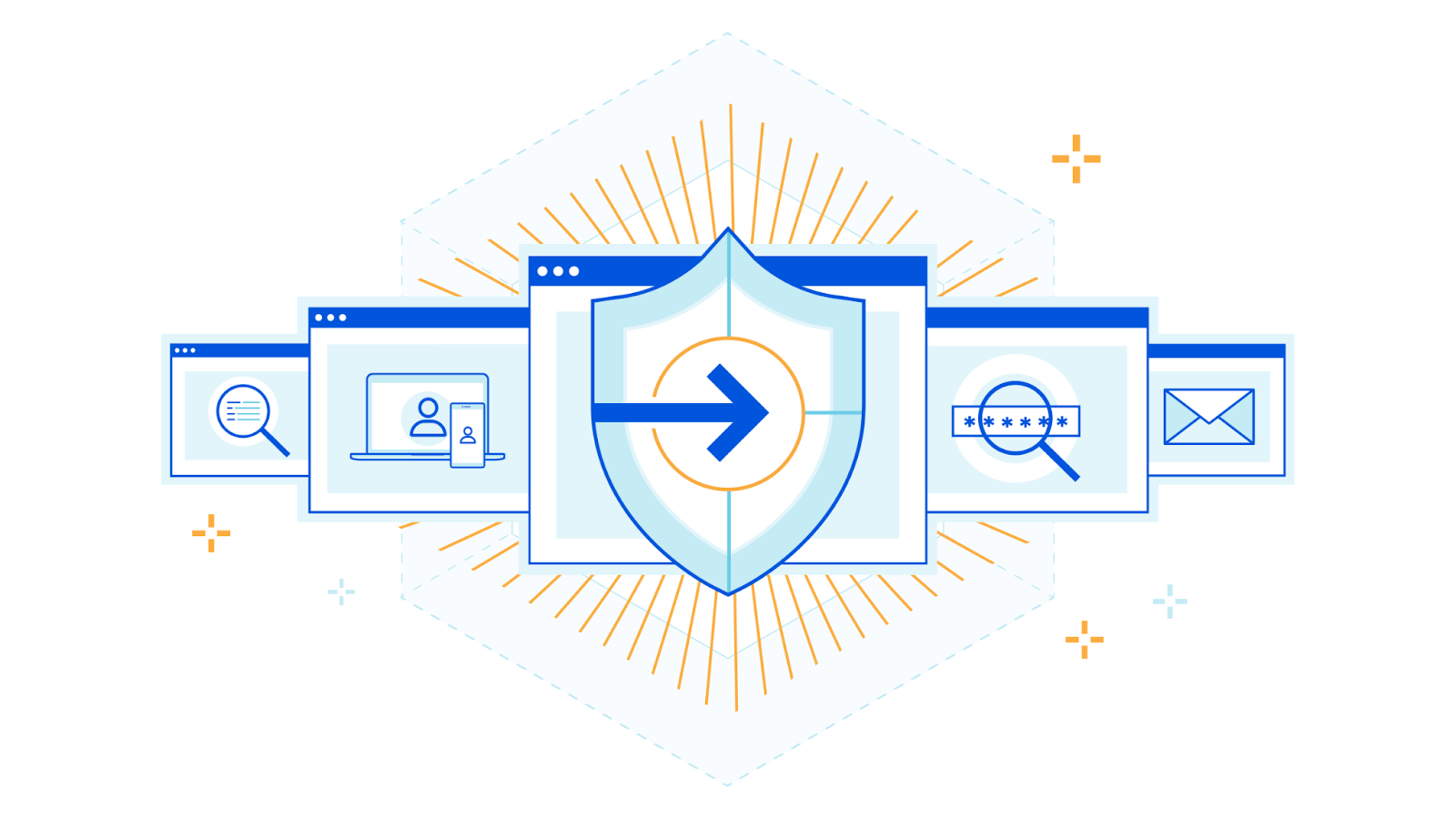Helping protect personal information in the cloud, all across the world


Cloudflare has achieved a new EU Cloud Code of Conduct privacy validation, demonstrating GDPR compliance to strengthen trust in cloud services
Internet privacy laws around the globe differ, and in recent years there’s been much written about cross-border data transfers. Many regulations require adequate protections to be in place before personal information flows around the world, as with the European General Data Protection Regulation (GDPR). The law rightly sets a high bar for how organizations must carefully handle personal information, and in drafting the regulation lawmakers anticipated personal data crossing-borders: Chapter V of the regulation covers those transfers specifically.
Whilst transparency on where personal information is stored is important, it’s also critically important how personal information is handled, and how it is kept safe and secure. At Cloudflare, we believe in protecting the privacy of personal information across the world, and we give our customers the tools and the choice on how and where to process their data. Put simply, we require that data is handled and protected in the same, secure, and careful way, whether our customers choose to transfer data across the world, or for it to remain in one country.
And today we are proud to announce Continue reading
Killnet and AnonymousSudan DDoS attack Australian university websites, and threaten more attacks — here’s what to do about it


Over the past 24 hours, Cloudflare has observed HTTP DDoS attacks targeting university websites in Australia. Universities were the first of several groups publicly targeted by the pro-Russian hacker group Killnet and their affiliate AnonymousSudan, as revealed in a recent Telegram post. The threat actors called for additional attacks against 8 universities, 10 airports, and 8 hospital websites in Australia beginning on Tuesday, March 28.
Killnet is a loosely formed group of individuals who collaborate via Telegram. Their Telegram channels provide a space for pro-Russian sympathizers to volunteer their expertise by participating in cyberattacks against western interests.

This is not the first time Cloudflare has reported on Killnet activity. On February 2, 2023 we noted in a blog that a pro-Russian hacktivist group — claiming to be part of Killnet — was targeting multiple healthcare organizations in the US. In October 2022, Killnet called to attack US airport websites, and attacked the US Treasury the following month.
As seen with past attacks from this group, these most recent attacks do not seem to be originating from a single botnet, and the attack methods and sources seem to vary, suggesting Continue reading
Cloudflare’s commitment to the 2023 Summit for Democracy


On Tuesday, March 28, 2023, the US Government will launch the Summit for Democracy 2023, following up on the inaugural Summit for Democracy 2021. The Summit is co-hosted by the United States, Costa Rica, Zambia, the Netherlands, and South Korea. Cloudflare is proud to participate in and contribute commitments to the Summit because we believe that everyone should have access to an Internet that is faster, more reliable, more private, and more secure. We work to ensure that the responsibility to respect human rights is embedded throughout our business functions. Cloudflare’s mission — to help build a better Internet — reflects a long-standing belief that we can help make the Internet better for everyone.
Our mission and core values dovetail with the Summit’s goals of strengthening democratic governance, respect for human rights and human rights defenders, and working in partnership to strengthen respect for these values. As we have written about before, access to the Internet allows activists and human rights defenders to expose abuses across the globe, allows collective causes to grow into global movements, and provides the foundation for large-scale organizing for political and social change in ways that have never been possible before.

What is Continue reading
Introducing our first Authorized Service Delivery Partners for Cloudflare One


Cloudflare's commitment to building the most compelling and easy-to-use SASE platform on the market has led to significant growth over the past year. Cloudflare One services have seen the fastest adoption among our customers, with a 3x increase in partner bookings and a 70% YoY increase in transacting partners. Partners consistently cite the simplicity of our platform, our innovation, and our global network as key differentiators that are driving strong customer demand.
To continue building on this momentum and deliver required services that our customers may require, we previously announced the creation of our new specialization track for Authorized Services Delivery Partners (ASDP) as part of our efforts to continue growing our partnership program.
Cloudflare's Authorized Services Delivery Partner track is designed to authorize partners that meet our high standards for professional services delivery around Cloudflare One. Partners who undergo the rigorous technical validation process and meet the criteria for security, performance, and reliability of their services delivery capabilities are designated as Cloudflare Authorized Service Delivery Partners. This designation provides a variety of benefits, including access to Cloudflare One sourced opportunities requiring services, access to named Cloudflare One Service Delivery Managers, and access to special partner incentive funds designed to Continue reading
Use the language of your choice with Pages Functions via WebAssembly


On the Cloudflare Developer Platform, we understand that building any application is a unique experience for every developer. We know that in the developer ecosystem there are a plethora of tools to choose from and as a developer you have preferences and needs. We don’t believe there are “right” or “wrong” tools to use in development and want to ensure a good developer experience no matter your choices. We believe in meeting you where you are.
When Pages Functions moved to Generally Available in November of last year, we knew it was the key that unlocks a variety of use cases – namely full-stack applications! However, we still felt we could do more to provide the flexibility for you to build what you want and how you want.
That’s why today we’re opening the doors to developers who want to build their server side applications with something other than JavaScript. We’re excited to announce WebAssembly support for Pages Functions projects!
WebAssembly (or Wasm) is a low-level assembly-like language that can run with near-native performance. It provides programming languages such as C/C++, C# or Rust with a compilation target, enabling them to run alongside JavaScript. Primarily designed to run on Continue reading
Node.js compatibility for Cloudflare Workers – starting with Async Context Tracking, EventEmitter, Buffer, assert, and util


Over the coming months, Cloudflare Workers will start to roll out built-in compatibility with Node.js core APIs as part of an effort to support increased compatibility across JavaScript runtimes.
We are happy to announce today that the first of these Node.js APIs – AsyncLocalStorage, EventEmitter, Buffer, assert, and parts of util – are now available for use. These APIs are provided directly by the open-source Cloudflare Workers runtime, with no need to bundle polyfill implementations into your own code.
These new APIs are available today — start using them by enabling the nodejs_compat compatibility flag in your Workers.
Async Context Tracking with the AsyncLocalStorage API
The AsyncLocalStorage API provides a way to track context across asynchronous operations. It allows you to pass a value through your program, even across multiple layers of asynchronous code, without having to pass a context value between operations.
Consider an example where we want to add debug logging that works through multiple layers of an application, where each log contains the ID of the current request. Without AsyncLocalStorage, it would be necessary to explicitly pass the request ID down through every function call that might invoke the logging Continue reading
Out now! Auto-renew TLS certifications with DCV Delegation


To get a TLS certificate issued, the requesting party must prove that they own the domain through a process called Domain Control Validation (DCV). As industry wide standards have evolved to enhance security measures, this process has become manual for Cloudflare customers that manage their DNS externally. Today, we’re excited to announce DCV Delegation — a feature that gives all customers the ability offload the DCV process to Cloudflare, so that all certificates can be auto-renewed without the management overhead.
Security is of utmost importance when it comes to managing web traffic, and one of the most critical aspects of security is ensuring that your application always has a TLS certificate that’s valid and up-to-date. Renewing TLS certificates can be an arduous and time-consuming task, especially as the recommended certificate lifecycle continues to gradually decrease, causing certificates to be renewed more frequently. Failure to get a certificate renewed can result in downtime or insecure connection which can lead to revenue decrease, mis-trust with your customers, and a management nightmare for your Ops team.
Every time a certificate is renewed with a Certificate Authority (CA), the certificate needs to pass a check called Domain Control Validation (DCV). This is a process Continue reading
Everything you might have missed during Security Week 2023


Security Week 2023 is officially in the books. In our welcome post last Saturday, I talked about Cloudflare’s years-long evolution from protecting websites, to protecting applications, to protecting people. Our goal this week was to help our customers solve a broader range of problems, reduce external points of vulnerability, and make their jobs easier.
We announced 34 new tools and integrations that will do just that. Combined, these announcement will help you do five key things faster and easier:
- Making it easier to deploy and manage Zero Trust everywhere
- Reducing the number of third parties customers must use
- Leverage machine learning to let humans focus on critical thinking
- Opening up more proprietary Cloudflare threat intelligence to our customers
- Making it harder for humans to make mistakes
And to help you respond to the most current attacks in real time, we reported on how we’re seeing scammers use the Silicon Valley Bank news to phish new victims, and what you can do to protect yourself.
In case you missed any of the announcements, take a look at the summary and navigation guide below.
Monday
The quantum state of a TCP port


Have you noticed how simple questions sometimes lead to complex answers? Today we will tackle one such question. Category: our favorite - Linux networking.
When can two TCP sockets share a local address?
If I navigate to https://blog.cloudflare.com/, my browser will connect to a remote TCP address, might be 104.16.132.229:443 in this case, from the local IP address assigned to my Linux machine, and a randomly chosen local TCP port, say 192.0.2.42:54321. What happens if I then decide to head to a different site? Is it possible to establish another TCP connection from the same local IP address and port?
To find the answer let's do a bit of learning by discovering. We have prepared eight quiz questions. Each will let you discover one aspect of the rules that govern local address sharing between TCP sockets under Linux. Fair warning, it might get a bit mind-boggling.
Questions are split into two groups by test scenario:

In the first test scenario, two sockets connect from the same local port to the same remote IP and port. However, the local IP is different for each socket.
While, in the second scenario, the local Continue reading
Wildcard and multi-hostname support in Cloudflare Access


We are thrilled to announce the full support of wildcard and multi-hostname application definitions in Cloudflare Access. Until now, Access had limitations that restricted it to a single hostname or a limited set of wildcards. Before diving into these new features let’s review Cloudflare Access and its previous limitations around application definition.
Access and hostnames
Cloudflare Access is the gateway to applications, enforcing security policies based on identity, location, network, and device health. Previously, Access applications were defined as a single hostname. A hostname is a unique identifier assigned to a device connected to the internet, commonly used to identify a website, application, or server. For instance, "www.example.com" is a hostname.
Upon successful completion of the security checks, a user is granted access to the protected hostname via a cookie in their browser, in the form of a JSON Web Token (JWT). This cookie's session lasts for a specific period of time defined by the administrators and any request made to the hostname must have this cookie present.
However, a single hostname application definition was not sufficient in certain situations, particularly for organizations with Single Page Applications and/or hundreds of identical hostnames.
Many Single Page Applications have two Continue reading
Account Security Analytics and Events: better visibility over all domains


Cloudflare offers many security features like WAF, Bot management, DDoS, Zero Trust, and more! This suite of products are offered in the form of rules to give basic protection against common vulnerability attacks. These rules are usually configured and monitored per domain, which is very simple when we talk about one, two, maybe three domains (or what we call in Cloudflare’s terms, “zones”).
The zone-level overview sometimes is not time efficient
If you’re a Cloudflare customer with tens, hundreds, or even thousands of domains under your control, you’d spend hours going through these domains one by one, monitoring and configuring all security features. We know that’s a pain, especially for our Enterprise customers. That’s why last September we announced the Account WAF, where you can create one security rule and have it applied to the configuration of all your zones at once!
Account WAF makes it easy to deploy security configurations. Following the same philosophy, we want to empower our customers by providing visibility over these configurations, or even better, visibility on all HTTP traffic.
Today, Cloudflare is offering holistic views on the security suite by launching Account Security Analytics and Account Security Events. Now, Continue reading
One-click ISO 27001 certified deployment of Regional Services in the EU


Today, we’re very happy to announce the general availability of a new region for Regional Services that allows you to limit your traffic to only ISO 27001 certified data centers inside the EU. This helps customers that have very strict requirements surrounding which data centers are allowed to decrypt and service traffic. Enabling this feature is a one-click operation right on the Cloudflare dashboard.
Regional Services - a recap
In 2020, we saw an increase in prospects asking about data localization. Specifically, increased regulatory pressure limited them from using vendors that operated at global scale. We launched Regional Services, a new way for customers to use the Cloudflare network. With Regional Services, we put customers back in control over which data centers are used to service traffic. Regional Services operates by limiting exactly which data centers are used to decrypt and service HTTPS traffic. For example, a customer may want to use only data centers inside the European Union to service traffic. Regional Services operates by leveraging our global network for DDoS protection but only decrypting traffic and applying Layer 7 products inside data centers that are located inside the European Union.
We later followed up with the Data Continue reading
Cloudflare Access is the fastest Zero Trust proxy


During every Innovation Week, Cloudflare looks at our network’s performance versus our competitors. In past weeks, we’ve focused on how much faster we are compared to reverse proxies like Akamai, or platforms that sell serverless compute that compares to our Supercloud, like Fastly and AWS. This week, we’d like to provide an update on how we compare to other reverse proxies as well as an update to our application services security product comparison against Zscaler and Netskope. This product is part of our Zero Trust platform, which helps secure applications and Internet experiences out to the public Internet, as opposed to our reverse proxy which protects your websites from outside users.
In addition to our previous post showing how our Zero Trust platform compared against Zscaler, we also have previously shared extensive network benchmarking results for reverse proxies from 3,000 last mile networks around the world. It’s been a while since we’ve shown you our progress towards being #1 in every last mile network. We want to show that data as well as revisiting our series of tests comparing Cloudflare Access to Zscaler Private Access and Netskope Private Access. For our overall network tests, Cloudflare is #1 in Continue reading
Stop brand impersonation with Cloudflare DMARC Management


At the end of 2021 Cloudflare launched Security Center, a unified solution that brings together our suite of security products and unique Internet intelligence. It enables security teams to quickly identify potential security risks and threats to their organizations, map their attack surface and mitigate these risks with just a few clicks. While Security Center initially focused on application security, we are now adding crucial zero trust insights to further enhance its capabilities.
When your brand is loved and trusted, customers and prospects are looking forward to the emails you send them. Now picture them receiving an email from you: it has your brand, the subject is exciting, it has a link to register for something unique — how can they resist that opportunity?
But what if that email didn’t come from you? What if clicking on that link is a scam that takes them down the path of fraud or identity theft? And what if they think you did it? The truth is, even security minded people occasionally fall for well crafted spoof emails.
That poses a risk to your business and reputation. A risk you don’t want to take - no one does. Brand impersonation is a Continue reading
How we built DMARC Management using Cloudflare Workers

What are DMARC reports

DMARC stands for Domain-based Message Authentication, Reporting, and Conformance. It's an email authentication protocol that helps protect against email phishing and spoofing.
When an email is sent, DMARC allows the domain owner to set up a DNS record that specifies which authentication methods, such as SPF (Sender Policy Framework) and DKIM (DomainKeys Identified Mail), are used to verify the email's authenticity. When the email fails these authentication checks DMARC instructs the recipient's email provider on how to handle the message, either by quarantining it or rejecting it outright.
DMARC has become increasingly important in today's Internet, where email phishing and spoofing attacks are becoming more sophisticated and prevalent. By implementing DMARC, domain owners can protect their brand and their customers from the negative impacts of these attacks, including loss of trust, reputation damage, and financial loss.
In addition to protecting against phishing and spoofing attacks, DMARC also provides reporting capabilities. Domain owners can receive reports on email authentication activity, including which messages passed and failed DMARC checks, as well as where these messages originated from.
DMARC management involves the configuration and maintenance of DMARC policies for a domain. Effective DMARC management requires ongoing monitoring and analysis Continue reading
Cloudflare partners with KnowBe4 to equip organizations with real-time security coaching to avoid phishing attacks


Today, we are very excited to announce that Cloudflare’s cloud email security solution, Area 1, now integrates with KnowBe4, a leading security awareness training and simulated phishing platform. This integration allows mutual customers to offer real-time coaching to their employees when a phishing campaign is detected by Cloudflare’s email security solution.
We are all aware that phishing attacks often use email as a vector to deliver the fraudulent message. Cybercriminals use a range of tactics, such as posing as a trustworthy organization, using urgent or threatening language, or creating a sense of urgency to entice the recipient to click on a link or download an attachment.
Despite the increasing sophistication of these attacks and the solutions to stop them, human error remains the weakest link in this chain of events. This is because humans can be easily manipulated or deceived, especially when they are distracted or rushed. For example, an employee might accidentally click on a link in an email that looks legitimate but is actually a phishing attempt, or they might enter their password into a fake login page without realizing it. According to the 2021 Verizon Data Breach Investigations Report, phishing was the most common form of social Continue reading
Introducing custom pages for Cloudflare Access


Over 10,000 organizations rely on Cloudflare Access to connect their employees, partners, and contractors to the applications they need. From small teams on our free plan to some of the world’s largest enterprises, Cloudflare Access is the Zero Trust front door to how they work together. As more users start their day with Cloudflare Access, we’re excited to announce new options to customize how those users experience our industry-leading Zero Trust solution. We’re excited to announce customizable Cloudflare Access pages including login, blocks and the application launcher.
Where does Cloudflare Access fit in a user’s workflow today?
Most teams we work with start their Zero Trust journey by replacing their existing virtual private network (VPN) with Cloudflare Access. The reasons vary. For some teams, their existing VPN allows too much trust by default and Access allows them to quickly build segmentation based on identity, device posture, and other factors. Other organizations deploy Cloudflare Access because they are exhausted from trying to maintain their VPN and dealing with end user complaints.
When those administrators begin setting up Cloudflare Access, they connect the resources they need to protect to Cloudflare’s network. They can deploy a Cloudflare Tunnel to create a secure, outbound-only, Continue reading
Post-quantum crypto should be free, so we’re including it for free, forever


At Cloudflare, helping to build a better Internet is not just a catchy saying. We are committed to the long-term process of standards development. We love the work of pushing the fundamental technology of the Internet forward in ways that are accessible to everyone. Today we are adding even more substance to that commitment. One of our core beliefs is that privacy is a human right. We believe that to achieve that right the most advanced cryptography needs to be available to everyone, free of charge, forever. Today, we are announcing that our implementations of post-quantum cryptography will meet that standard: available to everyone, and included free of charge, forever.
We have a proud history of taking paid encryption products and launching it to the Internet at scale for Free. Even at the cost of short and long-term revenue because it’s the right thing to do. In 2014, we made SSL free for every Cloudflare customer with Universal SSL. As we make our implementations of post-quantum cryptography free forever today, we do it in the spirit of that first major announcement:
“Having cutting-edge encryption may not seem important to a small blog, but it is critical to advancing the encrypted-by-default Continue reading
No, AI did not break post-quantum cryptography


News coverage of a recent paper caused a bit of a stir with this headline: “AI Helps Crack NIST-Recommended Post-Quantum Encryption Algorithm”. The news article claimed that Kyber, the encryption algorithm in question, which we have deployed world-wide, had been “broken.” Even more dramatically, the news article claimed that “the revolutionary aspect of the research was to apply deep learning analysis to side-channel differential analysis”, which seems aimed to scare the reader into wondering what will Artificial Intelligence (AI) break next?
Reporting on the paper has been wildly inaccurate: Kyber is not broken and AI has been used for more than a decade now to aid side-channel attacks. To be crystal clear: our concern is with the news reporting around the paper, not the quality of the paper itself. In this blog post, we will explain how AI is actually helpful in cryptanalysis and dive into the paper by Dubrova, Ngo, and Gärtner (DNG), that has been misrepresented by the news coverage. We’re honored to have Prof. Dr. Lejla Batina and Dr. Stjepan Picek, world-renowned experts in the field of applying AI to side-channel attacks, join us on this blog.
We start with some Continue reading
Super Bot Fight Mode is now configurable!


Millions of customers around the world use Cloudflare to keep their applications safe by blocking bot traffic to their website. We block an average of 336 million requests per day for self-service customers using a service called Super Bot Fight Mode. It is a crucial part of how customers keep their websites online.
While most customers use Cloudflare’s Verified Bot directory to securely allow good, automated traffic, some customers also like to write their own localized integration scripts to crawl and update their website, or perform other necessary maintenance functions. Because these bots are only used on a single website, they don’t fit our verified bot criteria the way a Google or Bing crawler does. This makes Super Bot Fight Mode difficult to manage for these types of customers.
Super Bot Fight Mode: now configurable!
Previously, Super Bot Fight Mode ran as an independent service on our global network and other Cloudflare security services were unable to affect its configuration. To solve this, we’ve rewritten Super Bot Fight Mode behind the scenes. It’s now a new managed ruleset in the new WAF, just like the OWASP Core Ruleset or the Cloudflare Managed Ruleset. This doesn’t change the interface, but Continue reading